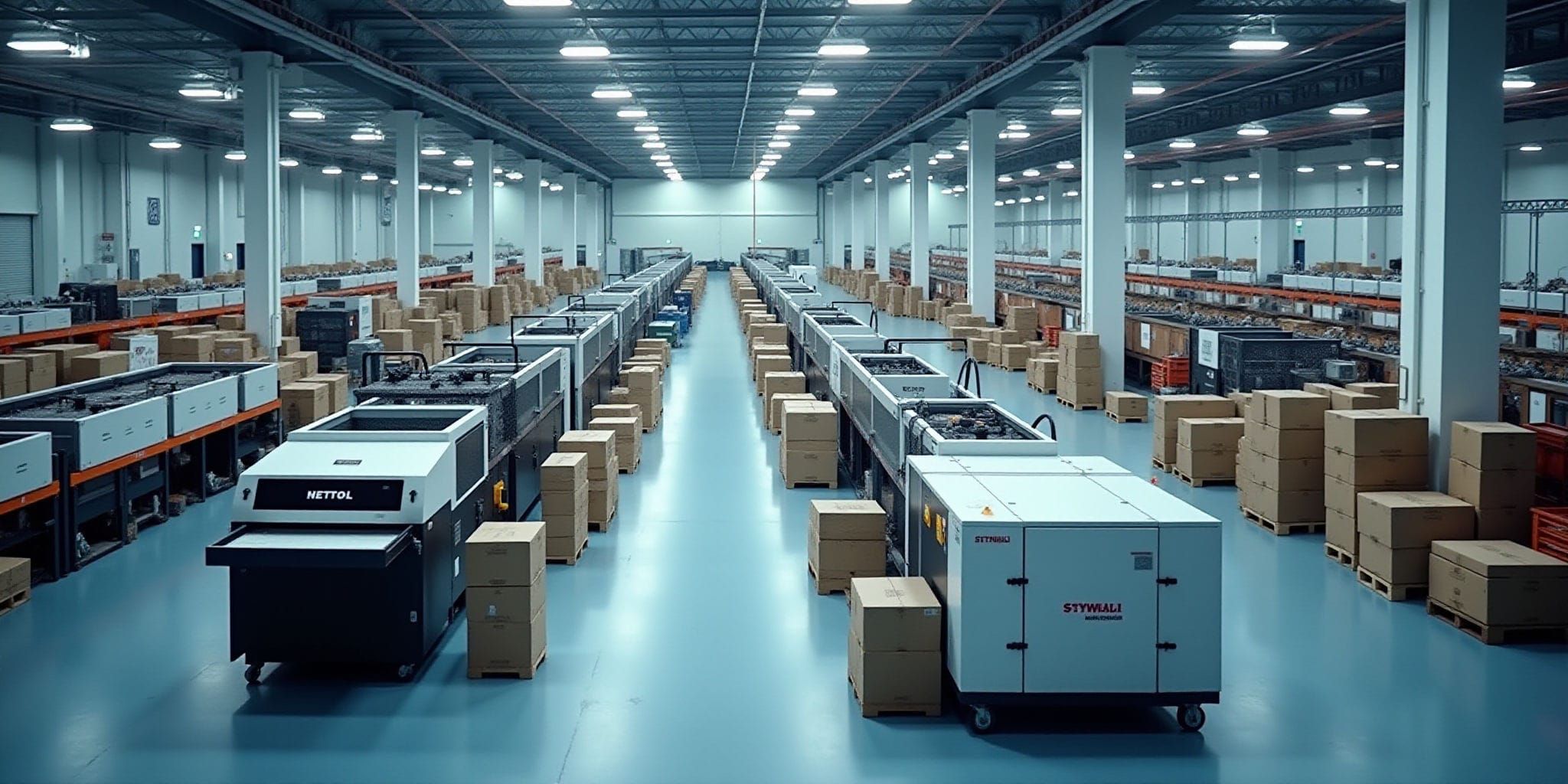March 10, 2025

In today's volatile global market, the repositioning of manufacturing is an issue of paramount importance to those within the logistics industry. The reverberations from recent disruptions—spanning from geopolitical tensions to pandemic-induced shortages—have prompted a re-evaluation of production footprints worldwide. As companies navigate this complex landscape, logistics professionals are tasked with managing the intricate supply chain networks that underpin global commerce. Understanding these shifts is crucial for maintaining resilience and efficiency in the face of ongoing challenges.
The article by Grace Sharkey, "Global manufacturing is repositioning — but it’s complicated," highlights several pivotal developments reshaping the manufacturing landscape. Chief among these is the pattern of companies seeking to diversify their manufacturing bases as a hedge against ongoing geopolitical uncertainties and supply chain disruptions. The shift is characterized by a move away from traditional manufacturing powerhouses, such as China, towards a more regionally distributed model, emphasizing locations like Southeast Asia, Eastern Europe, and Mexico.
This trend, driven by a desire to bolster supply chain resilience, is a double-edged sword. While the diversification of manufacturing facilities offers increased risk mitigation, it also introduces complexity into the logistics operations. Factors like varying regulatory environments, labor laws, and infrastructure capabilities need careful consideration for successful implementation.
For logistics professionals and companies, the repositioning of global manufacturing necessitates a recalibration of strategies and operations. The move towards more diverse manufacturing locations comes with the challenge of managing extended and multi-faceted supply chains. Logistics companies must adapt to new routes and modes of transportation while considering factors such as cost, speed, and reliability.
Moreover, the increased complexity from managing multi-country operations requires sophisticated supply chain management tools and analytics to effectively oversee and coordinate efforts across borders. Companies need to leverage technology to provide real-time visibility and data-driven insights for proactive decision-making.
Additionally, there's a growing emphasis on sustainability within supply chains. As manufacturing shifts, logistics must also evolve to meet environmental standards, ensuring that new supply routes and operations adhere to global sustainability goals.
The repositioning of global manufacturing presents a complex web of challenges and opportunities for the logistics industry. As companies reevaluate where and how they produce goods, logistics professionals must remain agile, employing innovative strategies to adapt to the ever-evolving landscape. Staying informed and embracing technological advancements will be key in navigating these changes and ensuring supply chain resilience. As the global market continues to flux, those within logistics are encouraged to stay abreast of developments, prepared to respond to the demands of a rapidly changing world.